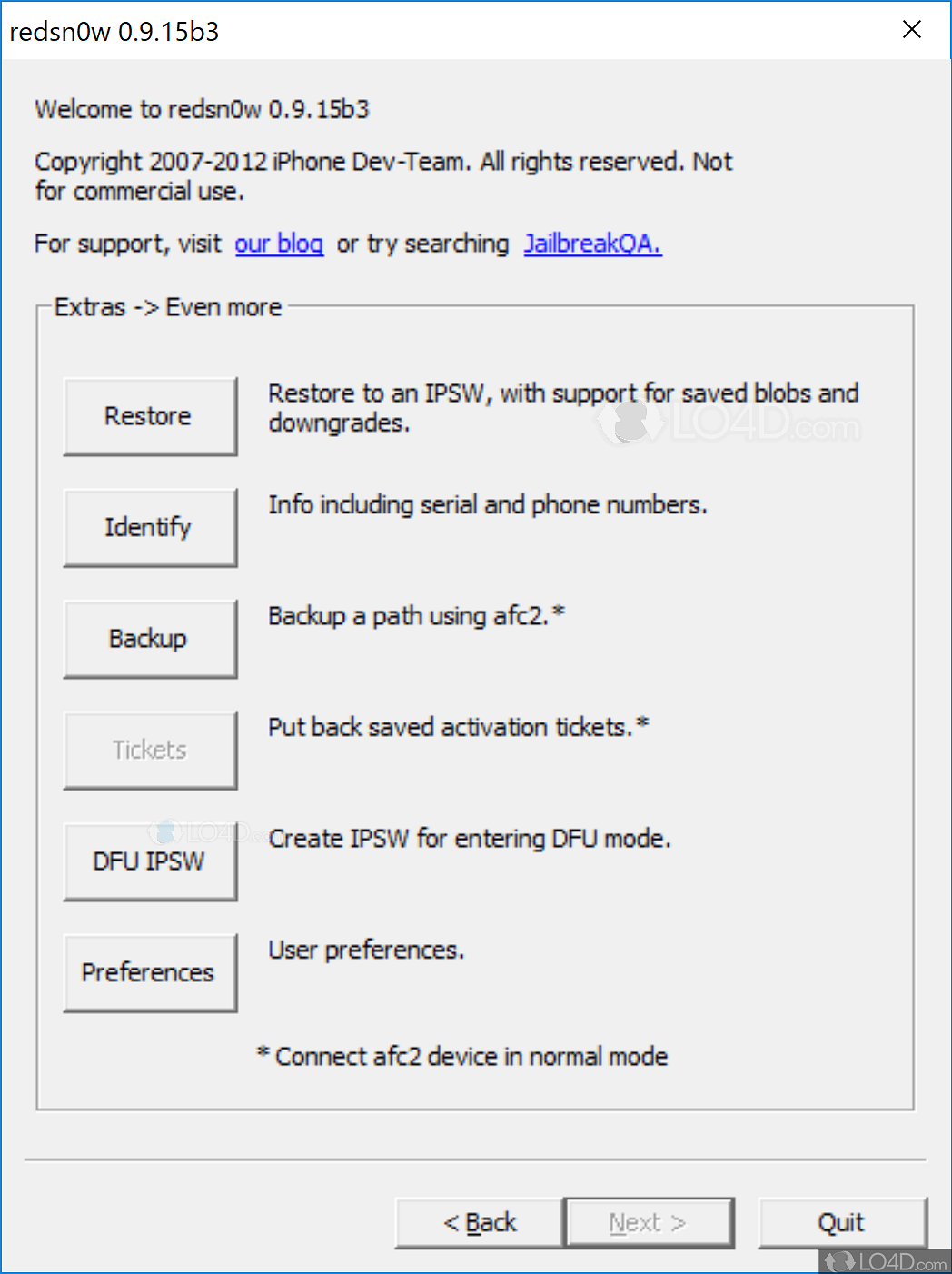

This includes participating actively in online discussions, completing assignments on time, and seeking help when needed.Īdditionally, students need to utilize the various tech tools available to them in a virtual classroom. They need to manage their time effectively, stay organized, and take initiative in their learning. Moreover, students need to be proactive and responsible in a virtual classroom. They also need a quiet, distraction-free environment where they can focus on their studies. To succeed in a virtual classroom, students need a reliable internet connection and a suitable device such as a laptop, tablet, or smartphone. They provide a flexible, convenient learning environment where students can learn from the comfort of their own homes. Virtual classrooms have become increasingly popular, especially in the wake of the COVID-19 pandemic. Virtual Classrooms: What You Need to Succeed Apps like Khan Academy, Duolingo, and Coursera offer a wide range of courses and learning materials, making it easy for students to learn new skills or deepen their understanding of certain subjects. They can set reminders for important dates and break down large projects into manageable tasks, reducing stress and improving productivity.įurthermore, there are numerous educational apps that can enhance students’ learning. Similarly, time management apps like Google Calendar and Todoist can help students keep track of their assignments, deadlines, and exams. They can also highlight important information, create to-do lists, and set reminders, making studying more efficient. These apps can help students stay organized, manage their time effectively, and enhance their learning.įor instance, note-taking apps like Evernote and OneNote allow students to take, organize, and search through their notes on any device. In the digital era, there are countless apps designed to support students in their academic pursuits. This collaborative learning can enhance students' critical thinking and problem-solving skills, preparing them for the 21st-century workplace.

Many EdTech tools have features that allow students to work together on projects, share their work, and provide feedback to each other. Moreover, EdTech can promote collaboration among students. This immediate feedback allows them to adjust their teaching methods and provide additional support where needed, thereby improving learning outcomes. Teachers can track students' progress and identify areas where they might be struggling. They also give students the flexibility to learn at their own pace, which promotes a more personalized learning experience.Īdditionally, EdTech allows for real-time feedback and assessment, which is crucial for student learning. They provide interactive features like videos, quizzes, and games that make learning fun and engaging. Through EdTech, students can access a wide range of learning materials and resources that make learning more engaging and efficient.įor instance, digital textbooks and online resources offer students a wealth of information beyond what is available in traditional textbooks.
REDSN0W9.3.2 SOFTWARE
Leveraging EdTech for Improved Learning OutcomesĮducation technology, or EdTech, refers to software designed to enhance teacher-led learning in classrooms and improve students' education outcomes.


 0 kommentar(er)
0 kommentar(er)
